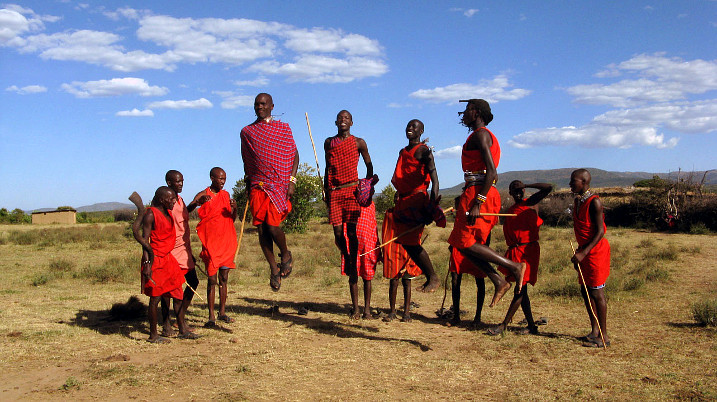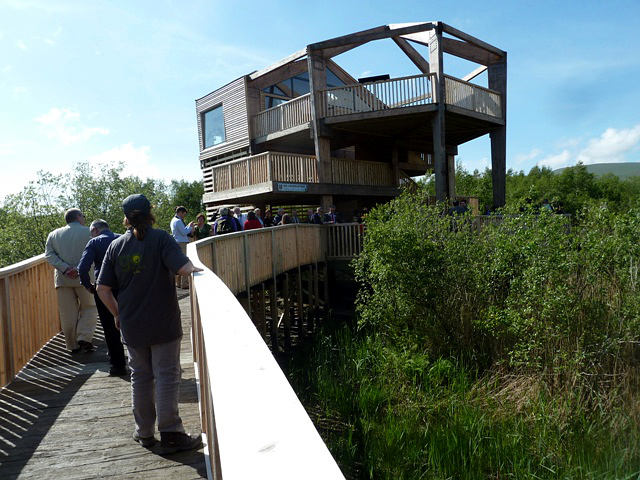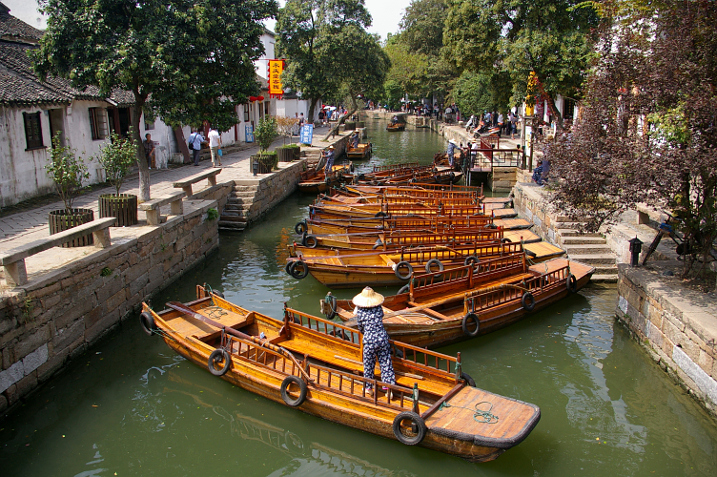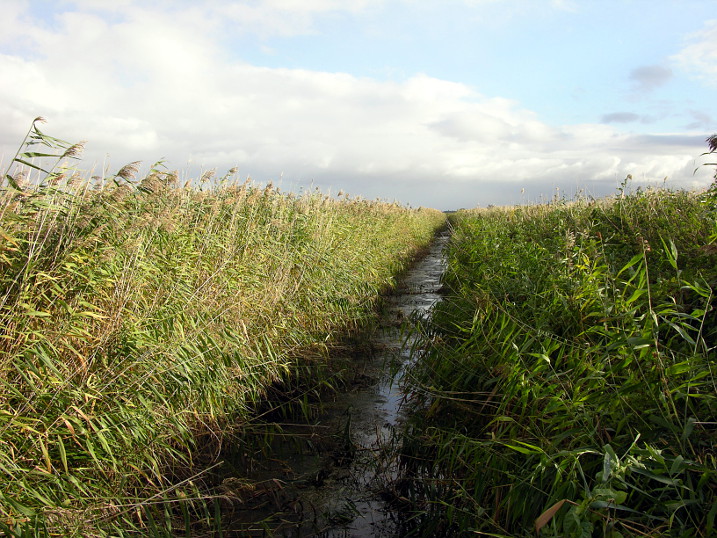Better access to healthier wetlands, thanks to WWT Consulting’s 25 years
The fishing cats of Colombo, the Maasai people of Kenya and cows belonging to veterinary students in Bristol are just some of the wildlife and people from around the world who have benefited from access to cleaner, healthier wetlands thanks to WWT Consulting.

The innovative subsidiary of the Wildfowl & Wetlands Trust (WWT), which turns 25 this year, returns 100% of its profits to its parent wetland charity. As well as donating over £1.8m in the last quarter century, it has improved habitats and helped to connect people with nature at wetlands around the globe.
WWT Consulting was first conceived as a way for WWT to take on the increasing requests for its wetland expertise, while maintaining focus on its conservation work. Over the years, WWT Consulting has carved a niche for enabling development that benefits people and wildlife through the specific knowledge of its staff, which consists of world experts in hydrology, ecology and audience engagement.

Associate Director Matthew Simpson explains the benefits of the unique mix:
“We’re all naturally drawn to water, and that’s also true for development. People like building near water, the land’s flat, and often it’s available, but wetlands also provide society with critical services that we don’t want to mess with, such as regulating flooding and pollution or providing water for drinking.
“WWT Consulting’s strength lies in WWT's 70 years of experience of working with wetlands. We understand the way water works and the effect of hydrological processes and, often, it’s quite straightforward to come up with a solution that will do better than just okay; it’ll actually improve the environment for the local people and wildlife.
“As part of a wetland conservation charity, we of course have stringent ethical standards that govern the work we take on. But we’re often able to turn an apparently problematic development into an opportunity for people and wildlife by creating wetland solutions.”
Major current and recent projects include:
- Colombo, Sri Lanka – working with the World Bank to help the Sri Lankan government manage Colombo’s extensive urban wetlands so that they retain floodwater, provide clean water, keep the city cool, and are an inviting place for the population with lots of wildlife, including the famous fishing cats.
- University of Bristol, UK – creating wetlands on two veterinary teaching farms to treat run-off, store floodwater and support wildlife.
- Maasai Mara, Kenya – creating wetlands to remove pollution from the wastewater of seven safari lodges to protect the water quality of the Mara River.
- Gloucestershire, UK – creating wetlands at an equine clinic to treat wastewater and run-off as well as increasing wildlife.
- Tongli Ancient Town, China – designing a wetland centre for this major tourist destination in China, dubbed the Venice of the East. As well as being a place for visitors to relax and learn, the new wetland habitats will increase wildlife and clean water.

- The Great Fen Project, Cambridgeshire, UK – designing 170 hectares of wetland habitat at Kester's Docking to increase the amount of wildlife, improve water quality and be a place for visitors to enjoy and learn.
- Incheon, South Korea – advising how to turn 160 hectares of disused salt pans into a wetland centre that will engage visitors and restore wetland habitats to increase their value to wildlife and their ability to treat water.
- Scunthorpe, UK – advising Natural England how to improve the quality of water entering this Site of Special Scientific Interest in order to increase biodiversity.


